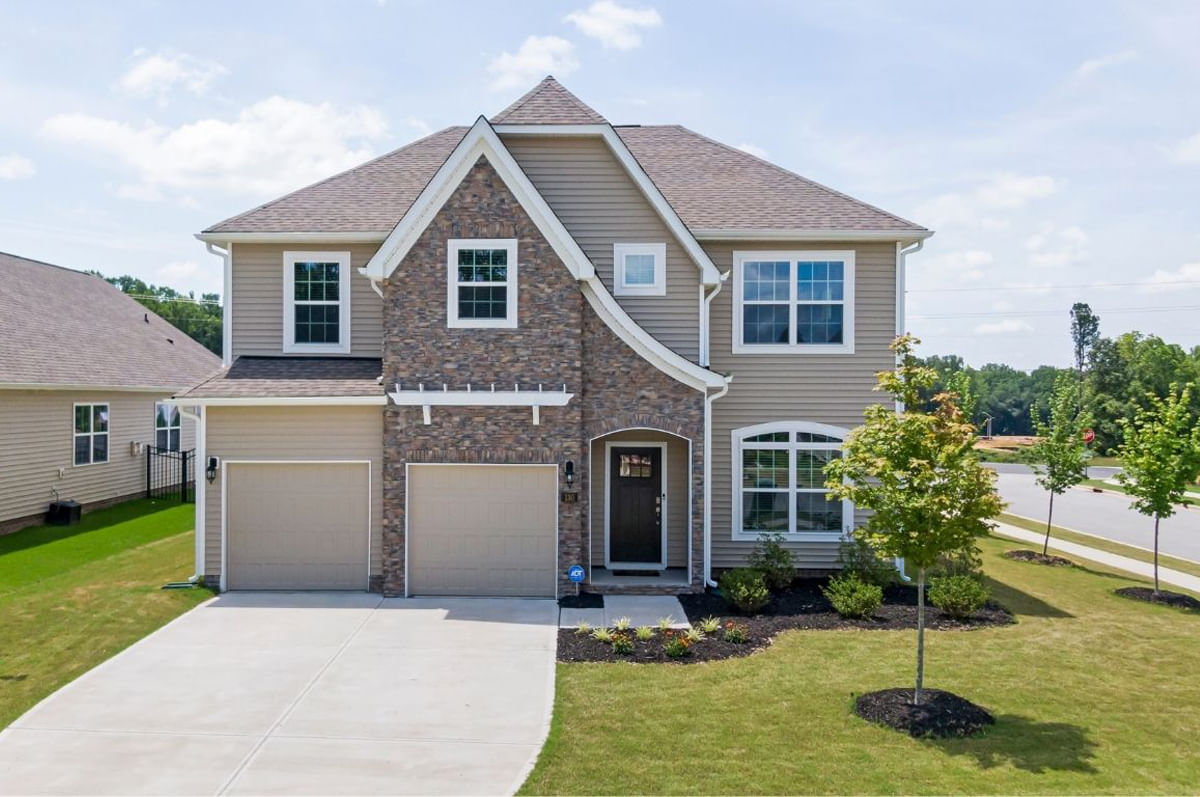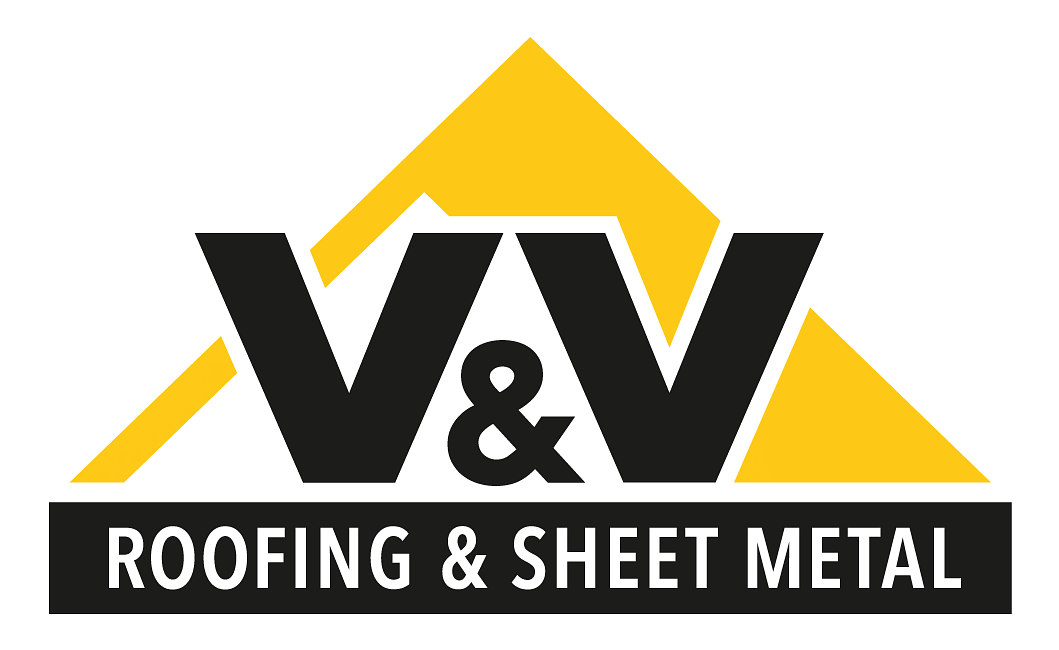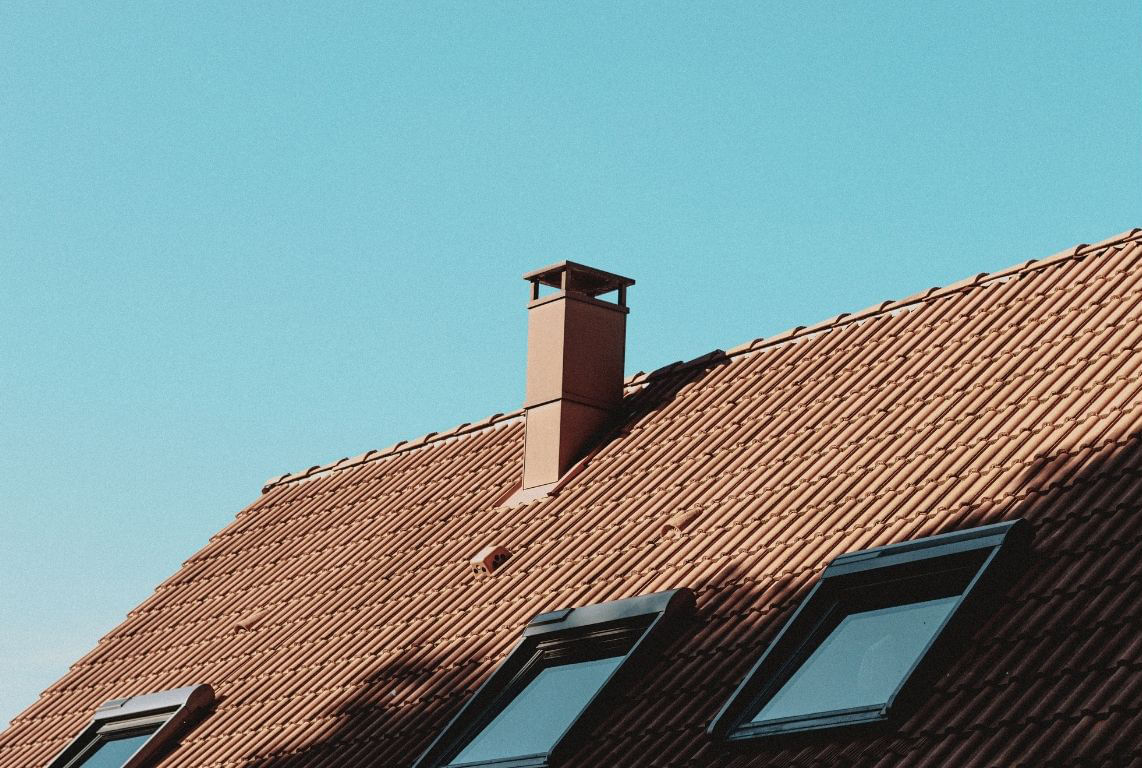Blog
Common Causes of Roof Leaks in Louisiana and How to Prevent Them
Louisiana roofs live a hard life. A tiny puncture, a loose nail, or a hairline crack around a vent can let water in, and what starts as a slow drip can quickly become swollen drywall, ruined insulation, and mold growth. Small leaks rarely stay small, which is why quick detection and prevention matter as much as the repair itself.
Baton Rouge homeowners also deal with intense heat, heavy rain, tropical systems, and long stretches of humidity, all of which accelerate wear on shingles, flashing, sealants, and underlayment. Many neighborhoods also include older homes with aging roof systems that are overdue for upgrades or professional maintenance. All of this adds up to unique leak risks that deserve a local plan of action.



